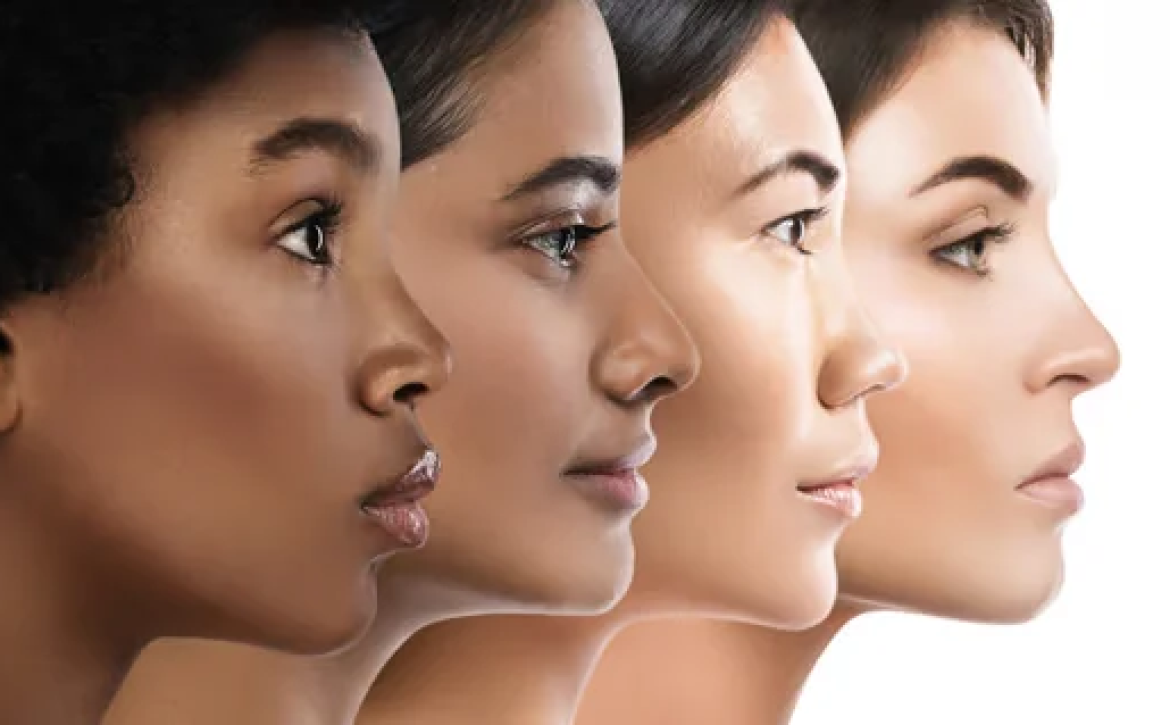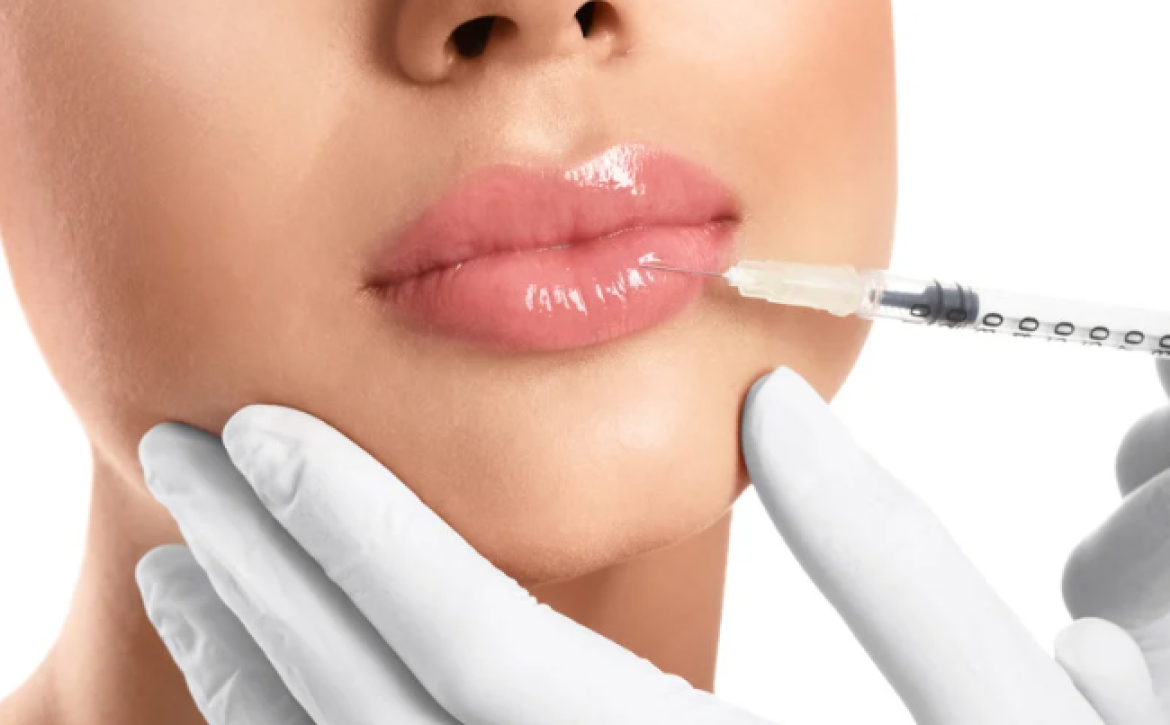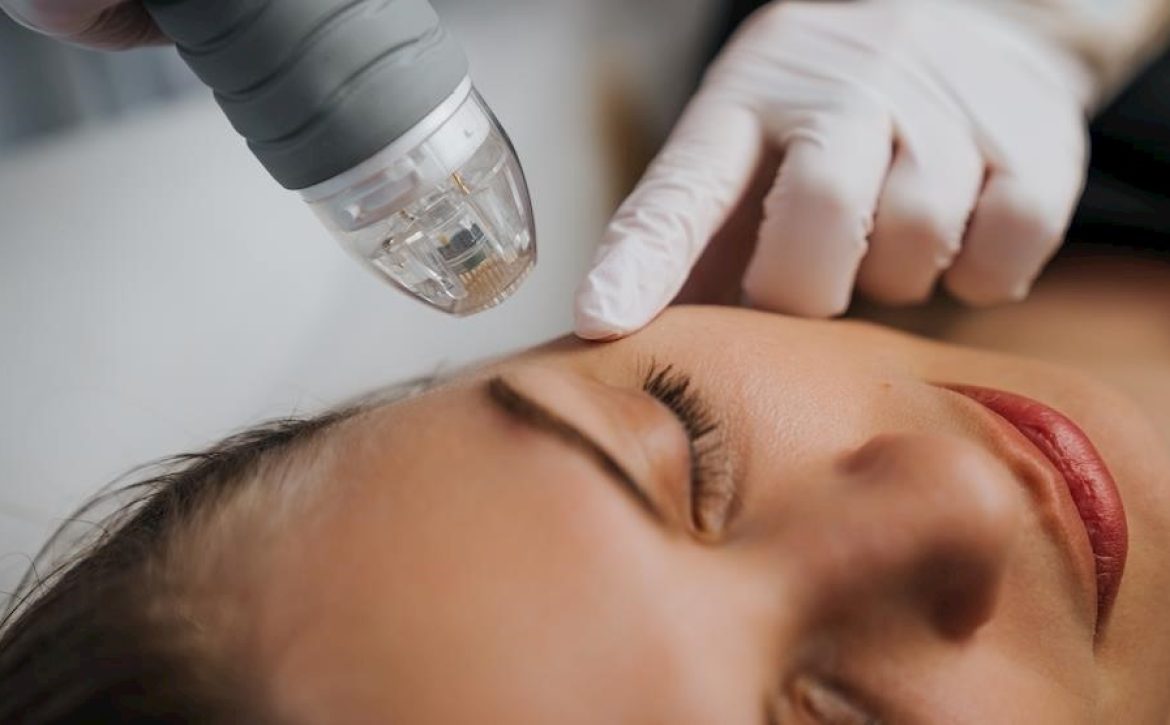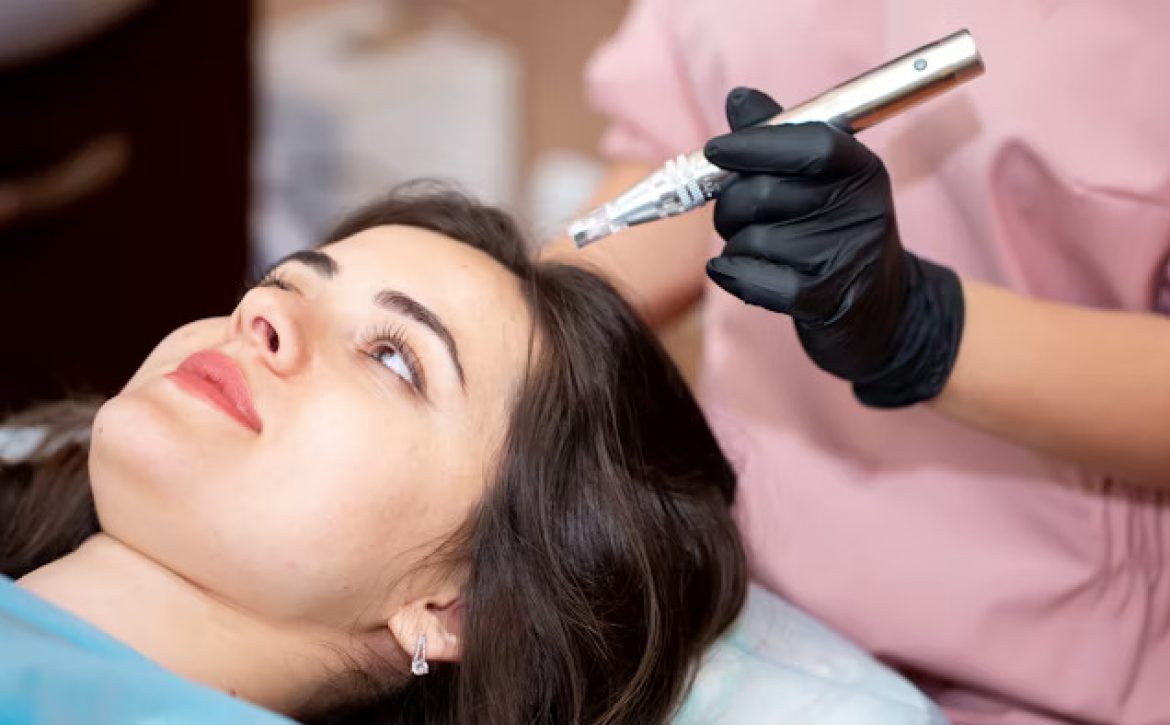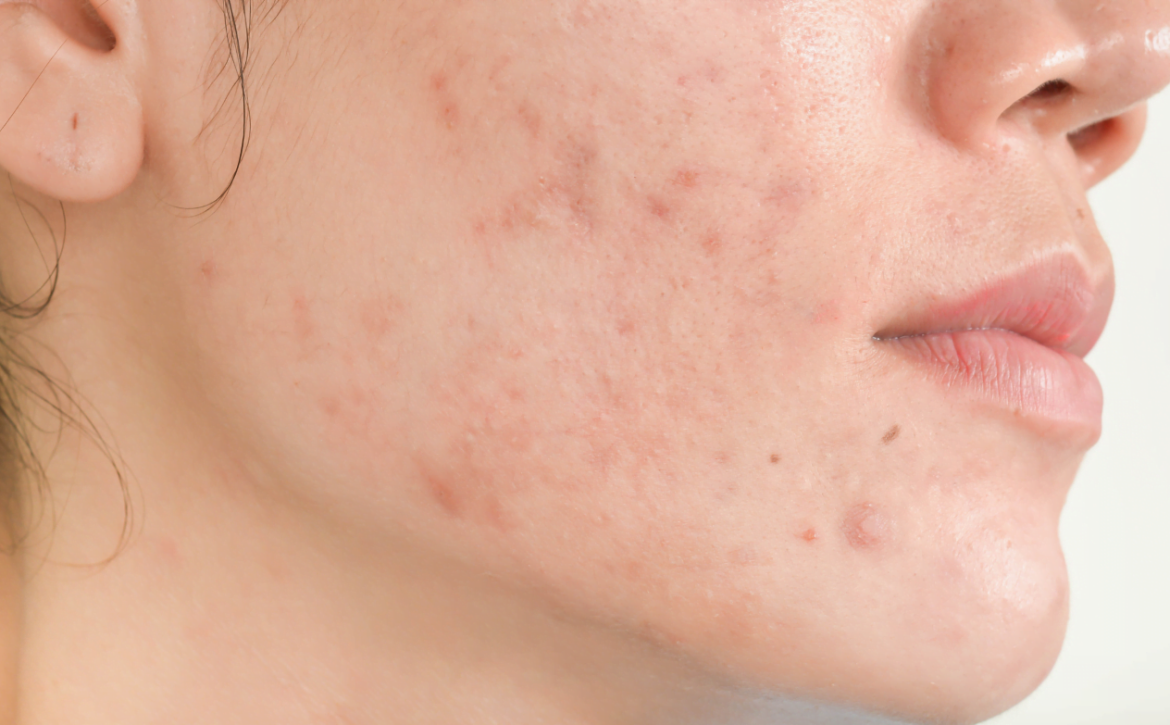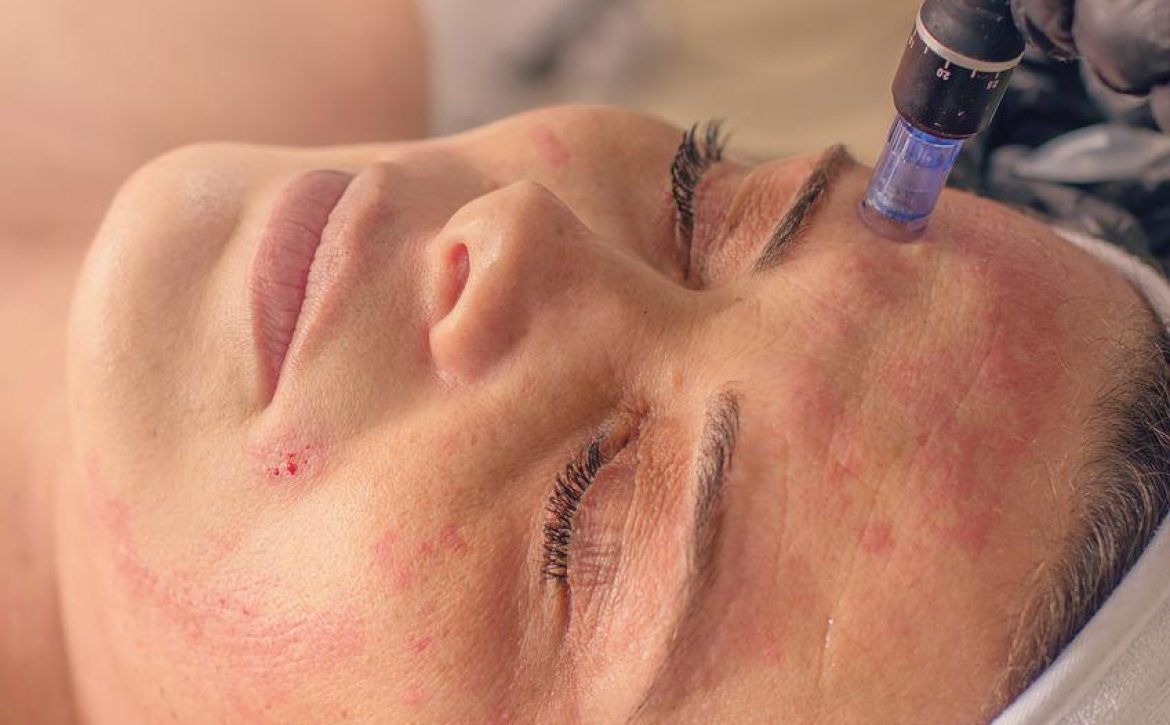What’s the Difference Between IPL and Laser Skin Treatments?
If you’ve been exploring advanced skin treatments, chances are you’ve come across two popular options – IPL (Intense Pulsed Light) and Laser treatments. Both are widely used in aesthetic and medical skin care, yet many people find themselves asking: Which one is right for me?
At our skin care clinic in Barnet, we often see clients who are unsure about the differences between these two treatments. Let’s break it down simply, so you can feel more confident when making your decision.
What is IPL?
IPL stands for Intense Pulsed Light. Unlike a laser, which uses a single, concentrated beam of light, IPL delivers multiple wavelengths of light in short bursts. This means it can treat a wider area of skin and address several issues at once, including:
- Pigmentation (sunspots, age spots)
- Redness or broken capillaries
- Uneven skin tone
- Mild hair reduction
IPL isn’t technically a laser treatment – think of it more as a broad-spectrum light therapy. Because it’s gentler, it may require multiple sessions to see significant results, especially for hair reduction.
What is Laser Treatment?
Laser treatments, on the other hand, use a focused, single wavelength of light to target very specific concerns. For example, laser hair treatment zeroes in on the pigment in your hair follicles, heating them up to prevent regrowth.
Lasers are also commonly used for:
- Permanent hair reduction
- Tattoo removal
- Deep pigmentation or vascular issues
- Skin resurfacing (to improve texture and reduce fine lines)
Laser treatments tend to be more precise and powerful, which means fewer sessions may be needed compared to IPL – but downtime can vary depending on the type of laser used.
Key Differences Between IPL and Laser
- Technology: IPL uses broad-spectrum light; laser uses a single wavelength.
- Precision: Lasers are more targeted; IPL treats larger areas.
- Results: Laser can be more effective for permanent hair reduction; IPL works well for mild pigmentation and redness.
- Comfort: IPL is generally gentler but requires more sessions; laser may feel slightly more intense but can achieve faster results.
- Skin Types: Certain lasers are safer for darker skin tones, while IPL works best on lighter skin with darker hair.
Which Treatment is Best for You?
Choosing between IPL and laser depends on your skin type, hair colour, and the results you’re after. For example:
- If your main goal is long-lasting hair removal, laser is usually the better choice.
- If you’re looking to brighten and even out your skin tone or treat sun damage, IPL might be ideal.
- Some clients even combine both treatments over time to target different concerns.
The best way to know? Book a consultation. At our Barnet skin care clinic, we always carry out a thorough skin assessment and patch test before recommending any treatment plan.
Safety and Aftercare
Both IPL and laser treatments are safe when performed by trained professionals. Mild redness or sensitivity is normal and usually subsides within a day or two. Aftercare typically includes:
- Avoiding direct sunlight and wearing SPF daily
- Keeping skin hydrated and avoiding harsh exfoliants
- Following personalised advice given by your practitioner
Why Choose Our Barnet Clinic?
We’re passionate about helping you feel confident in your skin. Our specialists are fully qualified, experienced, and use advanced equipment to ensure safe and effective results – whether you’re considering laser hair treatment or IPL for pigmentation.
Every skin is unique, and so is every treatment plan we create. We don’t believe in a one-size-fits-all approach – your comfort and results always come first.
Ready to Start Your Skin Journey?
If you’ve been searching for a trusted skin care clinic in Barnet, we’re here to help. Book a free consultation today and discover whether IPL, laser, or a combination of both is right for you. Your clearer, smoother skin could be just a few sessions away!

